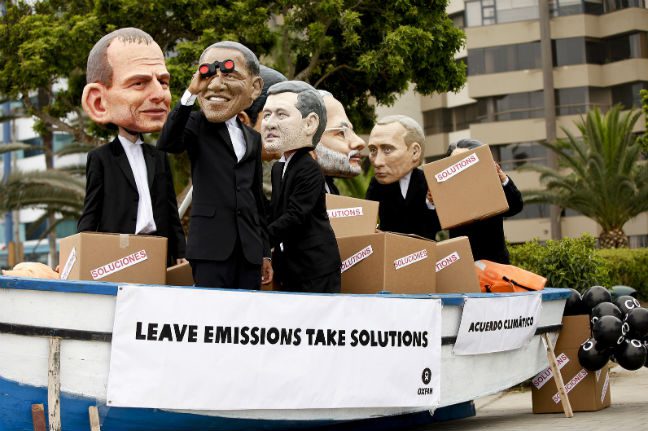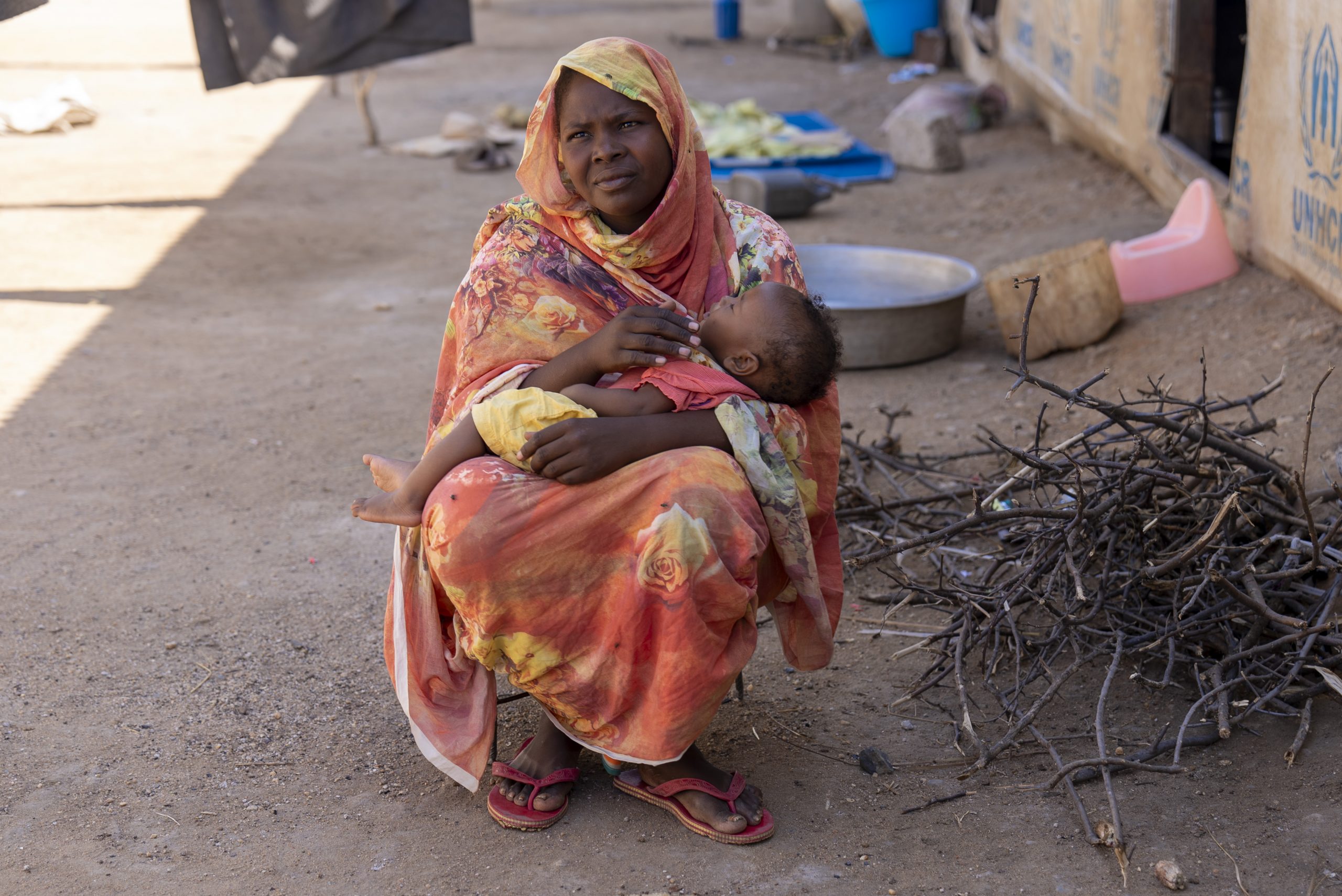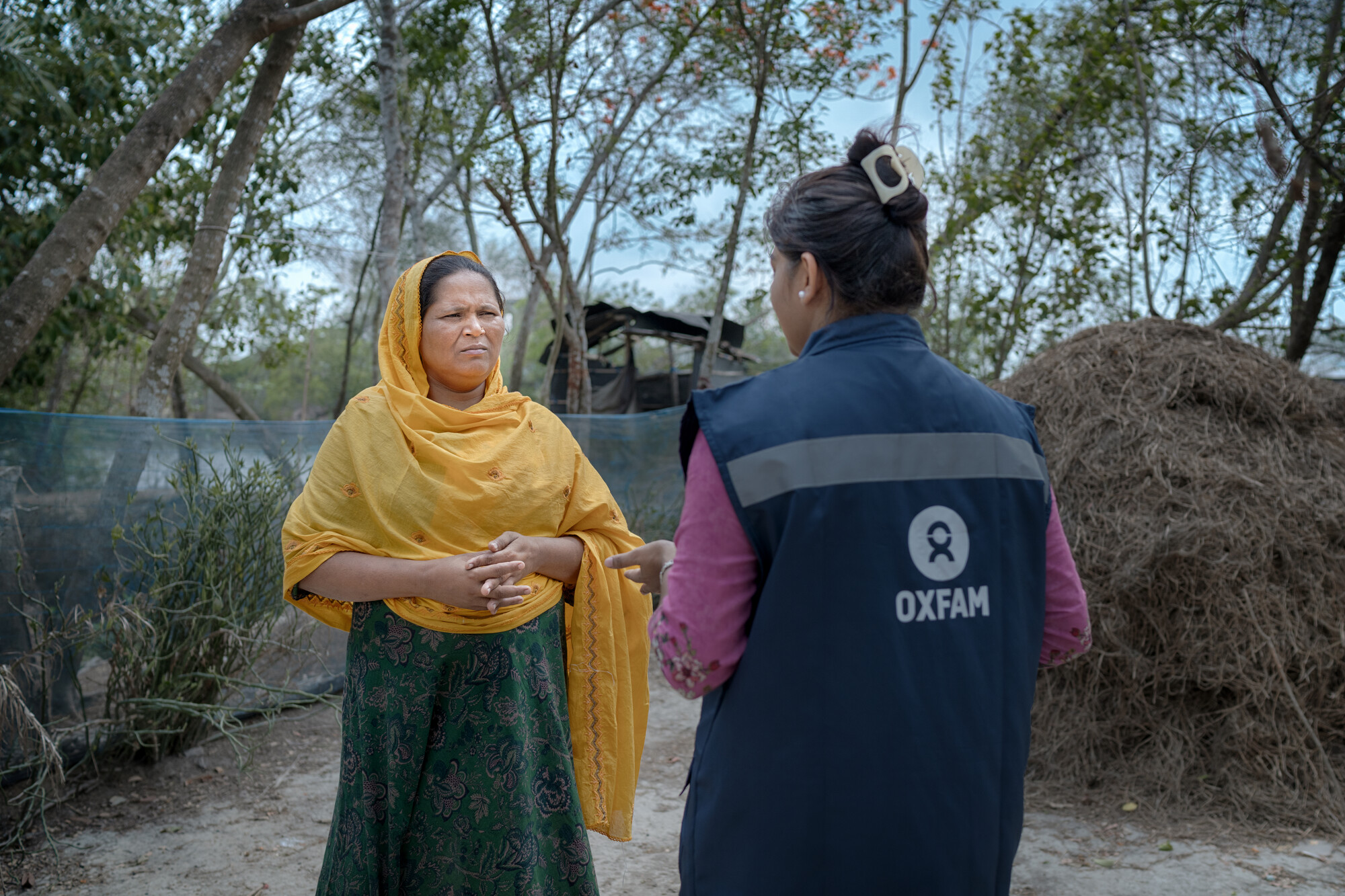By Simon Bradshaw, Climate Change Advocacy Coordinator.
NASA and the National Oceanic and Atmospheric Administration recently announced 2014 as the hottest year globally since records began. A staggering 14 of the 15 hottest years on record have all occurred since the year 2000. With 2015 set to be a defining year for international action on climate change, it’s now Australia’s turn to step up.
The year’s record heat was accompanied by a heft of extreme weather disasters, reminding us once again of the brute reality of a warming world. In September 2014, torrential downpours left hundreds dead in India and Pakistan. Meanwhile, Brazil continued to struggle through its worst drought in decades.
Closer to home, Australian communities are being confronted by another harrowing bushfire season. While bushfires have always been part of Australian life, the risk of bushfires is increasing as hot days become hotter, heatwaves become longer (and more frequent), and parts of Australia become drier.
But as Australia braces and sweats through a ferocious summer, another trend must also be keeping our Federal Government awake at night. 2014 was a game changer in international climate politics, from the historic accord between the US and China — to the explosion in global grassroots demands for action.
Well before negotiators gather in Paris in December to finalise the new global climate agreement, countries must announce what emissions reductions they plan to achieve as part of the global effort to tackle climate change. China, the US and the EU – the world’s three largest economies – have already made commitments for the post-2020 period when the Paris agreement is due to take effect.
Now, Australia must do the same.
The UN climate conference in Lima gave us the first sign that the Australian Government is beginning to feel the heat. The government agreed reluctantly to a modest commitment to the Green Climate Fund – a move it had explicitly ruled out on multiple occasions. But Australia will need to do more this year. Much more.
Based on the scale of the global challenge, our capacity as a wealthy developed country, and our relative responsibility for emissions, Australia should plan to cut its carbon pollution by at least 40% below 2000 levels by 2025, 60% by 2030, and move rapidly to a carbon neutral and renewable energy based economy.
As a developed country we have a further responsibility to support poorer countries in responding to climate change. This includes adapting to the impacts that can no longer be avoided, as well as building resilient low-carbon economies. This other component of our obligation to the international community – known as climate finance – will also be under the spotlight this year. The $200m committed to the Green Climate Fund was a first step — leaving aside the fact it was drawn from our severely diminished aid budget — but only a small part of a larger obligation to support climate action in poorer countries.
Australia will wait until midyear before announcing its post-2020 commitment — much later than the March deadline that countries have been urged to meet. But if the trend from 2014 continues, the pressure on Australia to deliver will have only grown stronger.
Last year saw Australia receive criticism of its climate change stance from all corners, including its closest allies. From David Cameron warning Australia against becoming a “back marker” on climate change, to Barack Obama’s memorable intervention on the sides of the G20 summit. Meanwhile, surveys suggest Australian public support for climate action has rebounded strongly.
The government knows it cannot swim against the current of international climate action indefinitely without suffering diplomatic damage. Not to mention harming Australia’s long-term prosperity.
While there’s still a long way to go, the rise in global momentum for climate action, from the grassroots to business to governments, now looks as certain as the rise in global temperatures. 2015 will be a turning point in international efforts to tackle climate change. And neither the Australian public, nor the international community, is going to let Australia off the hook.
Call on Australia’s political parties to end hunger from climate change.




